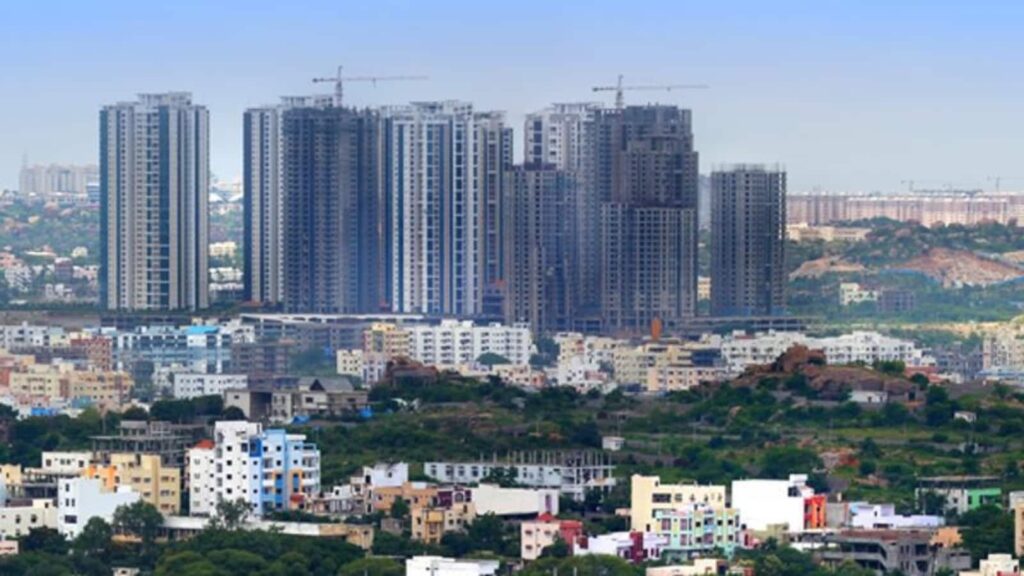Three mega projects have been in the news in the past week. On the surface, the Mumbai Trans Harbour Link (MTHL), GIFT City, and the new Ayodhya have little in common; these are urban projects developed with distinct social and economic visions rooted in their location and local histories. MTHL was envisaged almost 60 years ago to connect the island of Bombay to the Konkan coast, but it has become a reality only now — the Prime Minister inaugurated the ₹17,843-crore project on Friday. GIFT City is a greenfield project midway between Ahmedabad and Gandhinagar, a central business district designed as a smart city to attract capital and new industries. A new Ayodhya with a new airport, a refurbished railway station, and hospitality facilities are being built to address the potential pilgrim traffic that is expected after the Ram temple’s inauguration. Once the dust settles on the construction, Ayodhya has the potential to emerge as an alternative to UP’s crowded urban centres. In essence, all three qualify as urban renewal projects that, hopefully, will help meet the needs of a growing population of people who are seeking employment and a quality of life that is available in most of the developed world.
MTHL, for instance, is expected to lead to the creation of a Third Mumbai, which, according to some estimates, can scale up the city’s economy from $140 billion to $250 billion, as it envisages a new city beyond Navi Mumbai. The whole of Mumbai, in fact, is in the middle of a $30 billion makeover. Delhi passed through a similar phase some years ago when its metro was expanding and bringing a sprawling chaotic city closer. Cities such as Hyderabad, Chennai, and Bengaluru have passed through such phases with different degrees of success as they attracted capital, new industries, and job seekers. Future governments have sought to ease their growth by upgrading urban infrastructure with centrally funded projects such as the Jawaharlal Nehru National Urban Renewal Mission, AMRUT and Smart Cities Mission.
If they appear insufficient, it is because we failed to build more urban spaces after Independence. Chandigarh was to be a start. But the initial promise to build planned cities fizzled out. Governmentality defined the urban imagination of the townships that emerged around PSUs such as steel plants, which stifled their growth. All this forced the old metros to take on even more load, which they did by allowing unplanned development at great cost to local ecosystems. The troubles of Mumbai, Chennai, Bengaluru or Delhi, gasping for breath or drowning under flash floods, are too numerous to recount and may only worsen as the climate crisis takes centre stage.
The solution is not just augmenting infrastructure in existing urban sprawls (metro rail to CNG/electric buses do help) but also building new cities. Amaravati, envisaged as the new capital for Andhra Pradesh, was one such project that got derailed in petty politics. Most of India’s old metros are bursting at their seams and need to be decongested. However, redevelopment is tougher than building afresh. A project like MTHL can realise its full potential only if Third Mumbai develops as an inclusive, sustainable urban space. In Nehruvian India, the sarkar was the big landlord that stifled the growth of urban centres with red tape and a lack of imagination. But equally, big business with land banks could derail India’s urban rejuvenation if they envisage cities purely as gated real estate. The challenge is to arrive at a middle path that balances equity with profits.
Continue reading with HT Premium Subscription
Daily E Paper I Premium Articles I Brunch E Magazine I Daily Infographics


